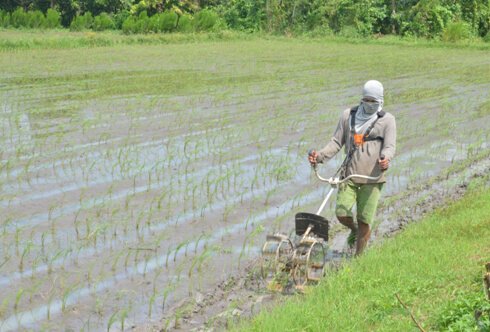Agriculture has been the lifeblood of the economy of Negros Occidental which is still mainly an agricultural province, comprised of 540,386 hectares of agricultural land area. Hence, one it is one of the investment priority areas, to ensure food security and agricultural productivity.
Palay Production


Palay Production reached 467,100.30MT in 2016 coming from 108,822has. of area harvested with 3.87 MT/Ha. average yield. To further develop the rice industry in Negros Occidental, the Philippine Rice Research Institute (PhilRice) was established in 2004.
Other Agricultural Crops
Corn, which is considered one of the staple food, reached 130,167MT in 2016.
The top leading fruits in production are the following:
- Banana – 84,187.35kgs/li>
- Cassava – 27,672.72kgs.
- Camote – 18,242.36kgs.
- Mango – 11,309.46kgs.
- Eggplant – 3,047.63kgs.
Source: NOSEPT 2016


Organic Agriculture
Negros Occidental is also known as the “organic agriculture capital of the Philippines” for being the country’s leader in organic production. The Negros Occidental has at least 16,000 hectares of agricultural land devoted to organic farming, with an estimated 17,000 organic adaptors.Fisheries
Negros Occidental has a coastline spanning 483.37kms. with a coastal population of 604,533 people across 181 coastal barangays. Twenty five (25) out of thirty two (32) local government units in the province are located in coastal areas. Consolidated municipal/city fisheries profile in 2017 shows that there are 3,650 fish farmers in the province as well as 31,819 municipal fisherfolks and 2,305 commercial fisherfolks. There are also 2,461 fish processors and 6,294 fish vendors. Aquaculture production includes milk, fish, tilapia, prawn/shrimp and other species such as snapper and catfish. Source: OPA, Neg. Occ.



